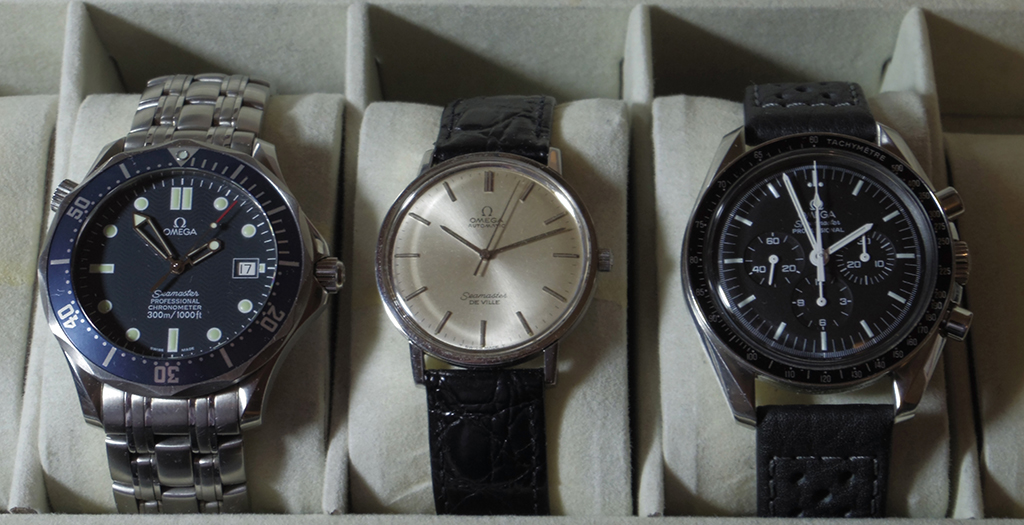Lovell looked at his watch. The time for the burn had not nearly arrived.
"We're counting down, aren't we?" he asked. "Or do you want us just to start anytime?"
"Your choice," Lousma answered.
"You guys are getting easy."
"It's not time critical, Jim."
"I understand." Lovell turned to his crewmates. "You guys ready to try this?"
Haise and Swigert nodded.
"All right," the commander said. "Jack, since we don't have any countdown clock, you time the burn with your watch. We're firing for 14 seconds at 10 percent... Let's say we'll make this burn in two minutes."
Swigert fixed his gaze on his watch. "Two minutes on my mark," he said. "Mark."
...
"Ignition," the commander said to his crewmates. Swigert looked at the second hand of his watch. "Two seconds, three seconds."
...
"Fourteen seconds." Lovell mashed the button hard, far harder than he needed to. "Houston, burn complete."
"OK, guys," Lousma said. "Nice work."







 Reply With Quote
Reply With Quote



